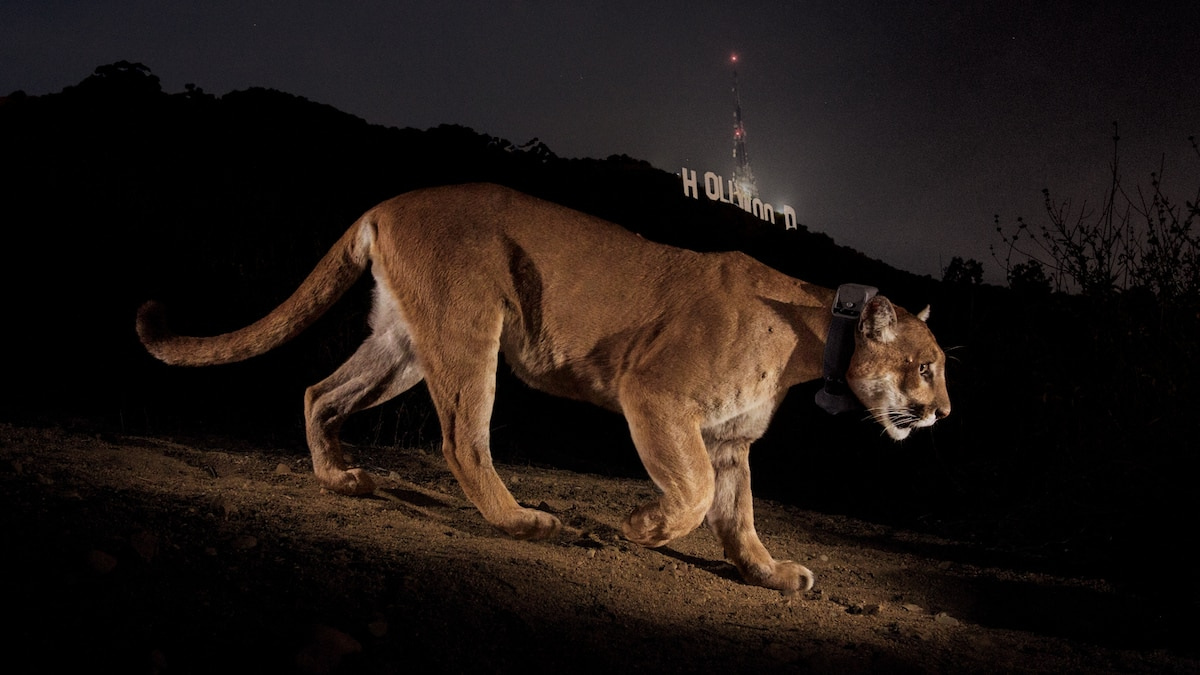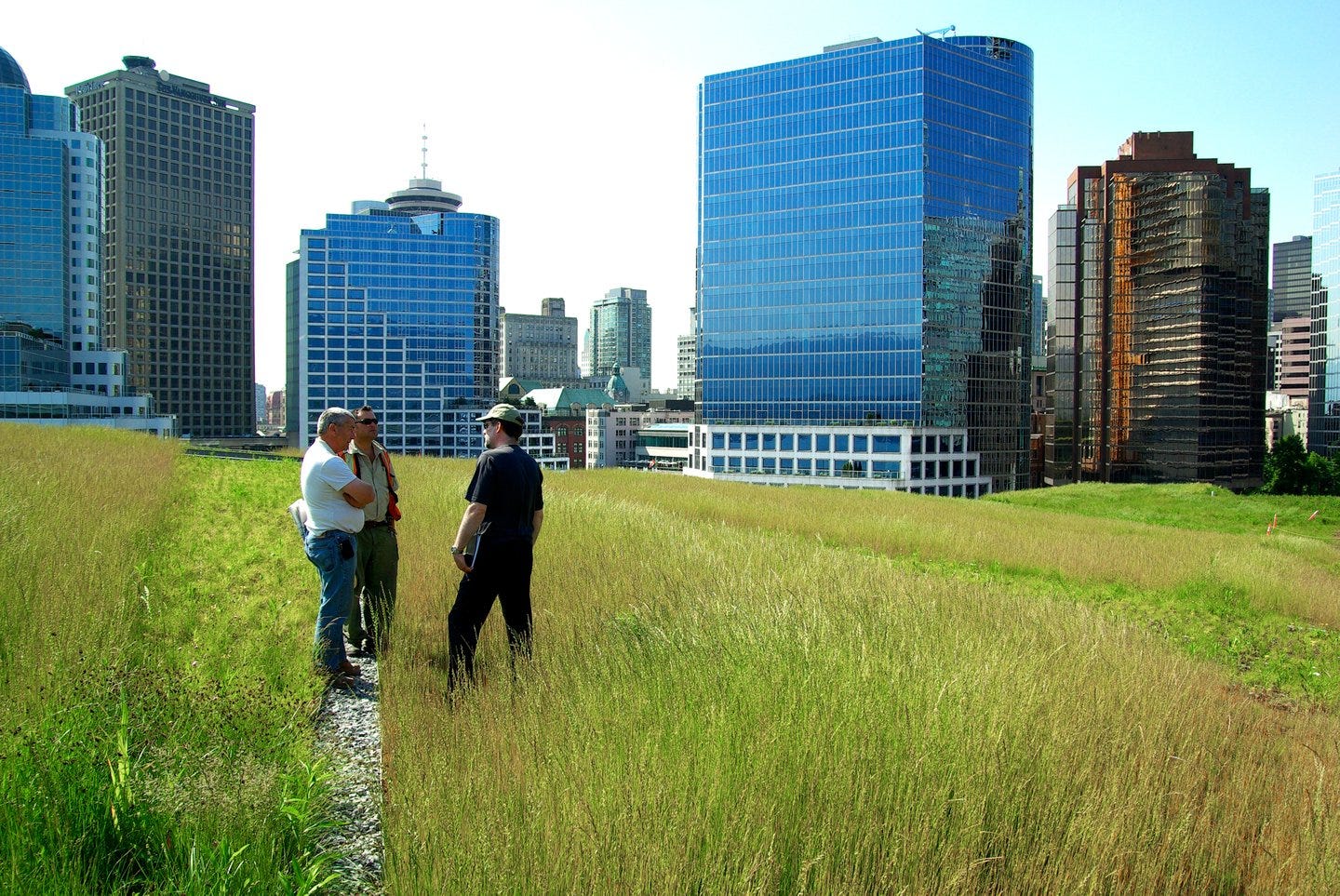Roads for Lions & T.U.A. Part 3
Planning for urban animals, and the Tournament's next round.
A 150-pound mountain lion wandered out of the Santa Monica mountains in 2012, crossing two Los Angeles freeways and making it to Griffith Park. P-22, as the lion was unceremoniously named, was promptly tranquilized and radio tagged. He’s lived in the 8 square-mile park ever since, subsisting on mule deer and keeping an eye on the joggers.
I’ve been guilty of New York bias on this Substack. New York is my home, so examples from there come easy, but places like LA are frankly difficult for me to comprehend. A patchwork city with no seeming order, joined up by liminal bits of paved wasteland and strip mall where it’s possible to see a Korean church in a Spanish-style bungalow. My last trip to LA was for work, and I saw a women sitting naked in an office chair in the middle of the street smoking a pipe — “That’s some MacArthur Park shit,” my Lyft driver said as she calmly swerved around the woman. She let me out in Los Feliz among multi-million dollar homes and I walked into P-22’s Griffith Park home, sweating my way up the canyon while toned men and women breezed past me in designer running gear.
It’s often said by self-righteous New Yorkers that LA is for the weak, but I think it takes incredible fortitude to thrive there. In a thoughtlessly made place you navigate with your own compass, and residents impose their own order, define their own neighborhoods, and establish their own paths and routines between one place and the next. In a previous post I talked about how the best cities pull you in a direction, but LA offers you no clues. This is especially true for animal residents.
Animals need to move to live. An article in Landscape and Urban Planning described a drastic decline in urban biodiversity, the number and genetic diversity of urban species, partially due to the restriction of movement. This urban decline is situated in a wider, human induced die-off of animal and plant life that some are calling the “sixth mass extinction.” As urban animals become surrounded by cities and roads, they become isolated from other groups and genetic islands form as they become more inbred. Consider P-22. Freeways have divided the 10 or so cats of the Santa Monica mountains with the cats of the Santa Ana mountains and beyond. A dozen or so mountain lions are killed by cars every year around LA’s freeways and most of them are probably trying to escape their crowded (by lion standards) quarters. LA’s lions have turned to killing siblings to eliminate competition over mates, and even mating with family members out of desperation. P-22 was probably looking for a lover.
What concessions do we make to wildlife as we build cities? I read recently that LA is investing in a multimillion dollar wildlife bridge spanning 10 lanes of traffic to ease the passing of lions, deer, and other animals. The wildlife bridge, and its cousin the wildlife tunnel is an established solution allowing animals to pass safely through highways. Behold a grizzly bear using a highway underpass in Canada.
This is obviously nice for animals, who don’t end up dead, but one wildlife crossing across a road can save society up to $443,000 annually through vehicle collision reductions. The LA project is one of the biggest to be undertaken in an urban area, which is a testament to the other thing that always blows my mind about the city — its access to nature as it meanders from mountain to canyon to sea. A New Yorker article put it well “It is possible to live in a city like New York and understand the destruction of the natural environment mostly in abstract terms.” We’ve changed the wilderness to such a high degree it basically doesn’t exist. In LA the wilderness still peaks through the urban grain— Little nodes of mountain or brush-land surrounded by moats of roads. The bridge will finally link two of these islands with a safe path between them.
But why stop here when we could go from a single connection to an entire linked network? Cities are increasingly trying to plan entire corridors to promote the circulation of animal life. These are often less dramatic than the LA freeway crossing. Canada Geese rest in the ponds of city parks as they migrate. Rooftops with butterfly and bee friendly flowers create permanent habitat for local species and stopover points for migrating ones like Monarchs and Hummingbirds. Right now, cities from Toronto to San Fransisco to New York incentivize greenroof creation, and planning could go further in incentivizing plantings that turn these spaces together into pollinator corridors. Singapore linked the Bukit Nature Reserve to several urban parks with landscaped trails. In addition to being nice for bikers and joggers, evidence has shown that the trails have become insect and animal highways between the city’s green nodes.
All this may seem like expensive and complicated concessions in cities that aren’t exactly lacking in human problems. California in particular is a place where wildlife protections have been weaponized to an almost comical degree to stop things people need. Like many states, California requires most new developments to undergo an environmental review, a detailed forecasting of a project’s impacts on everything from water quality, to noise, to animal life. The findings of these reviews are often used by anti-development advocates to gum up or defeat projects. In LA’s Boyle Heights, a vacant lot was slated to become 49 units of housing for mentally-ill homeless veterans. A local restaurant owner who voiced concern about inviting mentally ill people to his area of business is blocking it by suing the city on the grounds that environmental review failed to properly account for the contamination of soil from an old oil-well. In the Bay Area, the leaders of Woodside, a town with a median home price of $5 million, refused to comply with a law requiring they build affordable housing because their entire town was habitat for, you guessed it, mountain lions, making it apparently impossible to build anything. Some of the most ironic cases are when wildlife concerns gum-up sustainability projects. In one of the most traffic-choked, air polluted states in the country, California’s high speed rail line was delayed because an endangered songbird nest was found in the path of the tracks.
These processes are broken and should change, but while many examples of weaponized environmental laws are people acting in bad faith, some genuinely think they’re fighting for fragile ecosystems. Environmentalism used to mean preservation, and we’re still conditioned to think that protecting the environment means “hands-off.” This may work in our national parks, but it certainly won’t in metro areas where we need to provide for people and also make space for animals. Planting the right flowers by the road for butterflies isn’t such a dramatic concession in the grand scheme of things. Neither, I think, is a forty million dollar overpass to reduce collisions, preserve countless animal lives, and allow one of the most amazing animals left in LA to breed again. Imagine a city with discrete networks for the movement of people and animals. It would probably reduce the conflicts between them, but also contact could be there when appropriate. We probably never want to run into a lion, but study after study shows that exposure to wild animals boosts our mental well-being. We like animals, they’re good for us and good for our ecosystems. If we want them around we should plan accordingly
Update: When I initially wrote this I failed to see that P-22 is dead. He was euthanized when he was discovered suffering from a massive blunt-force trauma injury consistent with a car crash. Feel like this underscores a lot of what this post is about…
The Tournament of Urban Animals Part 3
The first public round of voting to determine the best urban animal was last week and we got one huge upset. Somehow, against the odds, the fox defeated the pigeon by a single vote. Frankly, I think this is utterly wrong and proves that people are blinded by their love of dog-like animals. I can see where my subscribers are from… 75% of you are from New York or California, meaning you’ve probably never even SEEN an urban fox (with the possible exception of those of you who live in the Bay Area and my 7 UK subscribers). The amazing homing qualities, the ability to conquer any environment, the kissing, all means nothing to you?
Anyway, the rest of the round went pretty much as expected. The Bat and the Cockroach both endured close matches to progress by a single vote. Here is the updated bracket.







Agree, pigeon was robbed.
I love the essay about LA. As a native New Yorker whose in-laws live there, I quickly learned that the only way to tell which postwar suburb you're in is to look at the name on the streetsigns hanging over the multi-lane streets. Otherwise, you just pass one chain after another until the pattern repeats. On the other hand, there are lovely enclaves: San Clemente, Santa Monica, Laguna (all incredibly expensive, needless to say). Funny place for a New Yorker to navigage.